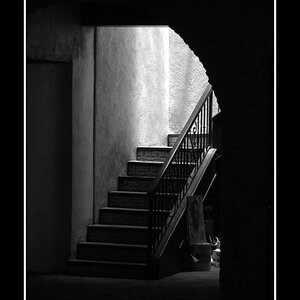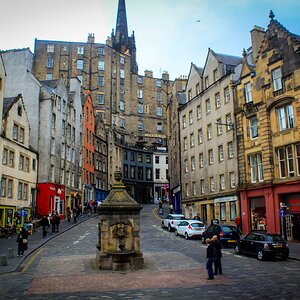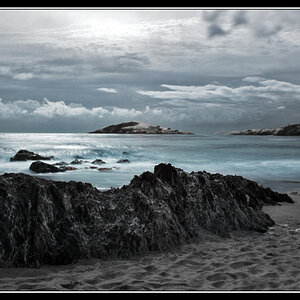I want to buy a new camera that is good at shooting in low light. I'm making music videos that are kind of like this guy's -
Except my Nikon D3100 isn't anywhere near as good as his camera is.
Are there any good DSLR cameras/lenses I can get that are very good in low light for around $1,000?
Except my Nikon D3100 isn't anywhere near as good as his camera is.
Are there any good DSLR cameras/lenses I can get that are very good in low light for around $1,000?
Last edited by a moderator:


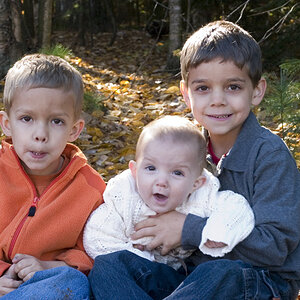
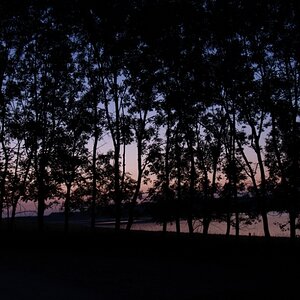
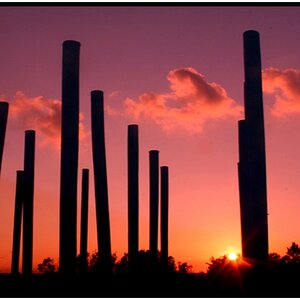
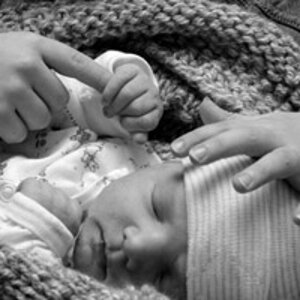

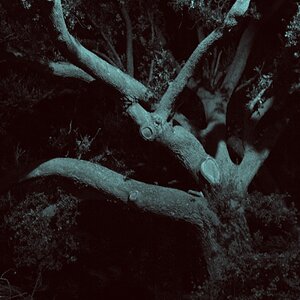
![[No title]](/data/xfmg/thumbnail/33/33447-c3f5563c9b8b1f19498a3062f60f92b1.jpg?1619735973)
